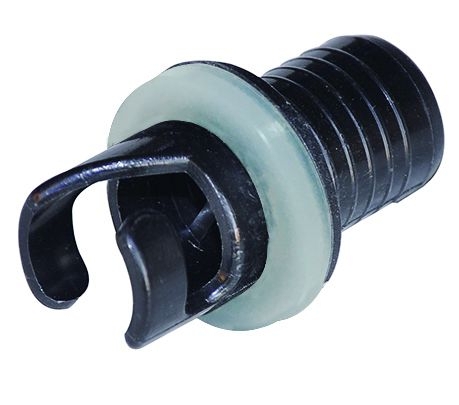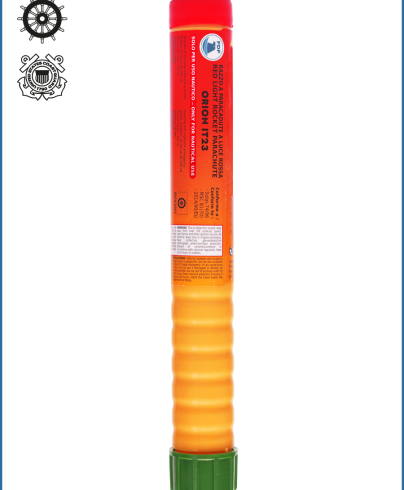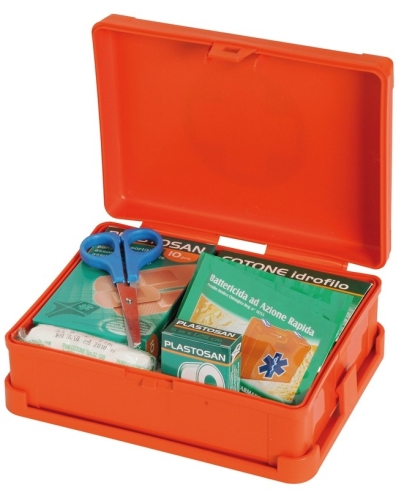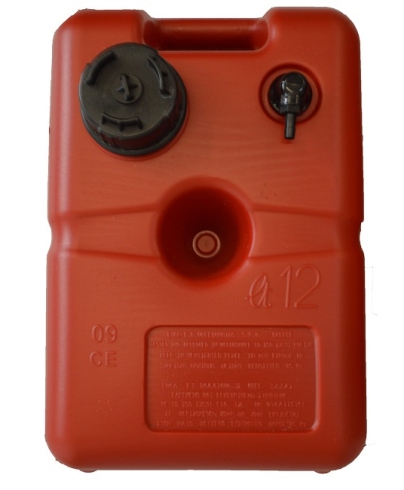We present two types of battery disconnect switches designed to cover the range from small boats to large yachts:
- SF52109-2 (Mini 100A isolator): This switch is compact in size, allowing installation even in tight spaces near the battery or console. Its 100A continuous rating (with the ability to handle ~150A briefly) makes it perfect for cutting off circuits with lower consumption – for example, a dedicated electronics battery, a solar system, a trolling motor, or as a battery switch for a smaller outboard engine. Its red key is a rotary type – you turn it to OFF, and then you may remove it if needed. This ensures the system stays off until you reinsert the key. The small isolator is also a popular choice for secondary panels and even RVs, due to its versatility and ease of use.
- SF52109-4 (Heavy-Duty 300A isolator): This is the “big brother” of the family – built for the main battery line of powerful engines. With an impressive 300A continuous capacity, it handles repeated engine starts effortlessly, even in cold weather (when starting currents are higher). Its surge tolerance up to ~450A means sudden heavy loads – such as engaging a windlass or bow thruster – won’t damage it. This model also features a rotary key, which is larger and sturdier for a good grip. When switched to OFF, the key can be removed, and the provided cover protects the opening. This is the standard battery master switch you’d find on most large sailing and motor yachts to disconnect the main power circuit.
Both models share a similar design philosophy: their housings are made of high-strength polymer, resistant to impact, fuels, and temperature changes. They are non-conductive on the outside, eliminating the risk of shorting if a tool or other metal object touches them. The contact studs (terminals) are sized to the current – M6 (6mm) for the 100A model and M10 (10mm) for the 300A – providing a secure clamp for cable lugs. The internal conductive parts are well-protected against oxidation, and the switch design minimizes arcing when turning on or off.
When installing either the small or large switch, it is recommended to connect them to the positive battery lead, so they cut power to the entire system. Ensure the contact surfaces are clean and tight to avoid heating. In both cases, these devices greatly enhance safety: you can perform electrical work without risk of short circuits, and you can ensure your boat won’t drain its batteries when not in use.















































